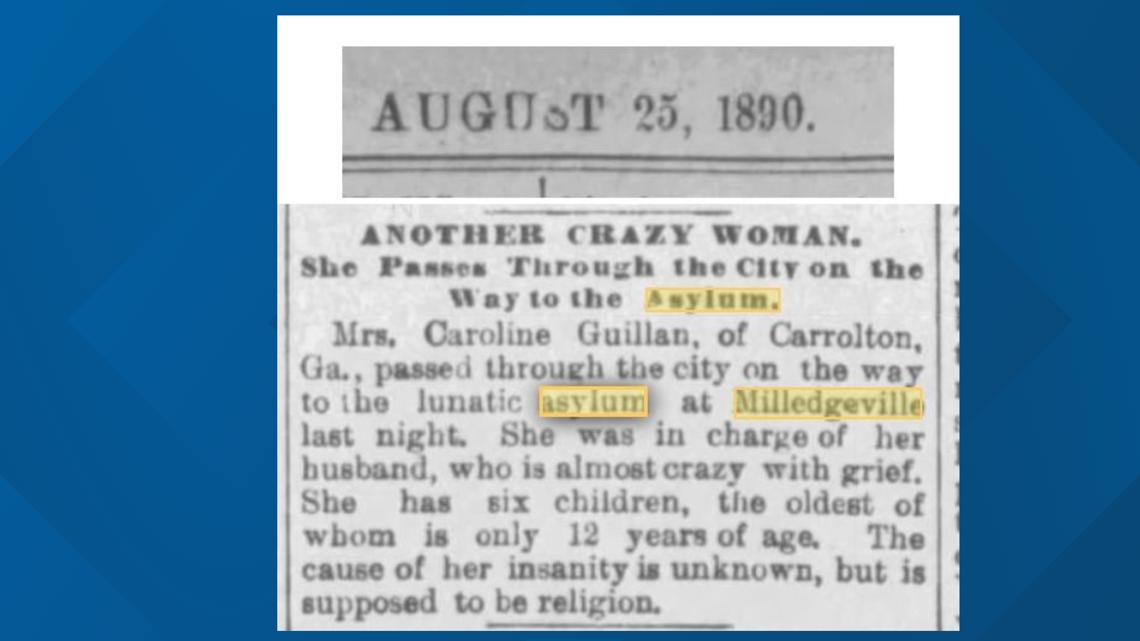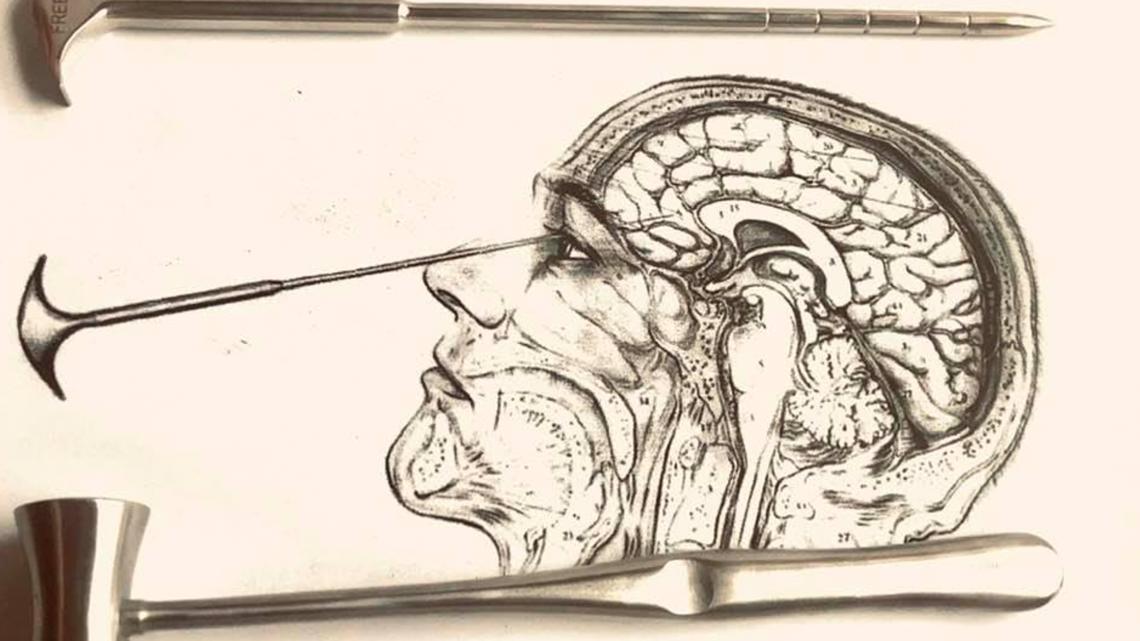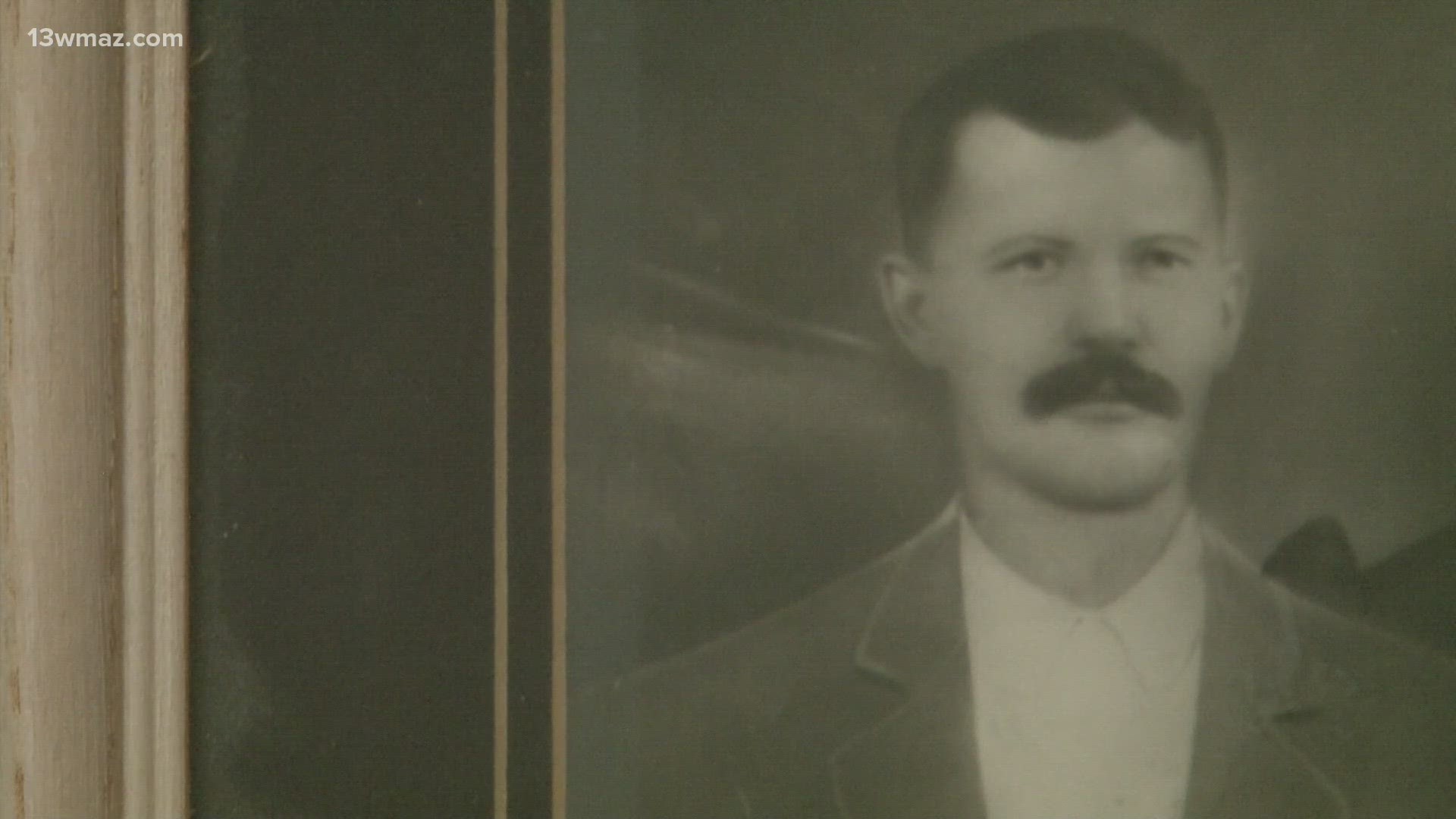MILLEDGEVILLE, Ga. — ‘If you cross your eyes, they'll stay that way.’
That's something mothers used to warn us about, but for some kids in Central Georgia, there was another fate their parents warned them of.
“All we had heard all of our lives was, 'If you don’t behave, you'll be sent to Central State’,” Caroline McClain said.
Three buildings at Central State Hospital are being demolished: the Walker, Green and Jones buildings. The campus was a place where generations of families worked and built their lives around.
However, the hospital has a darker side to its medical history.
The Walker building is the last one of three buildings set to be torn down by the state, according to the executive order Governor Brian Kemp signed in July.
McClain says it was the site of medical experimentations, strange and even cruel treatment of its patients.
However, she says despite its history, it still deserves to be saved. In fact, her great-grandfather, Herbert Walter Williams, was a patient there.
“We found out that Papa was at the Walker building. He was admitted in late August of 1907,” McClain said.


She says two years before her great-grandpa was admitted, he had just lost two children, his wife to childbirth, and had been swindled by a business partner.
“He was violent, drinking– he was of ill health,” McClain said.
So, McClain said the family admitted him because there was no one who could take care of it. It was easy to do at the time.
“Back then a husband could have his wife admitted just because he wanted to,” she said.


The Walker building opened in 1884 known as the ‘white male convalescent’ building.
“Back in the day, they would call it an insane building," McClain said.
She said they had spaces for therapy, medication, and treatments.
“Everybody was together whether you had epilepsy, or alcohol addiction, or some type of mental illness,” McClain said.
She says some treatments patients experienced in the Walker building were a lot to handle, like hydrotherapy.
“Putting a person in ice cold water, and then taking them out and putting them in hot water,” she said. “They also gave nauseants to make people throw up. They thought that would help them, and laxatives. I just can’t imagine that.”
Then treatments started to evolve.
“In 1928, they added sterilization, 30s and 40s they started lobotomies, and in the 40s they started doing electroconvulsive therapy,” McClain said.


She says it was like torture.
“At the time that they used these procedures, they were state of the art,” she said. “That’s not something we would do today. They would say that’s abuse.”
In the 1950s, McClain says the Walker building hired its first psychologist, Dr. Peter Cranford, who wrote a book in 1981 called ‘But For the Grace of God: The Inside Story of the World’s Largest Insane Asylum’ recounting the hospital’s medical history.
McClain says by the time she had started working on the campus as a behavioral specialist in 1997, the treatment of patients had gotten better.
“Yes, bad things did happen, but when you look at it overall, you see a development of how to minister to people with mental illness,” she said.
The Walker building closed in 1974 and is now set to be demolished by the state. However, McClain says it should be saved.
“It was horrible, but it was the best they had,” McClain said. “If you don’t learn from history, you’re going to repeat it. That means the good history and the bad history. That's how the development of specialties have been created."
She says without Central State Hospital she doesn't know what would have happened to her Papa.
The state Department of Behavioral Health and Developmental Disabilities owns the soon-to-be-demolished buildings.
They said their next step is to talk to the Georgia Department of Community Affairs' Historic Preservation Division as required by the governor's order.
The historic preservation division can make a recommendation on whether the building should be demolished, but the decision is still up to the agency that owns it.
McClain says despite the hospital's checkered past, many people were helped there and is part of Milledgeville's history.
She says the state should've been more proactive to save it. If you feel strongly about preserving the buildings, she encourages folks to reach out to state representatives about it.
If you'd like to learn more about the buildings and join the community surrounding the campus, the Friends of Central State Hospital Facebook group has almost 12,000 followers.

